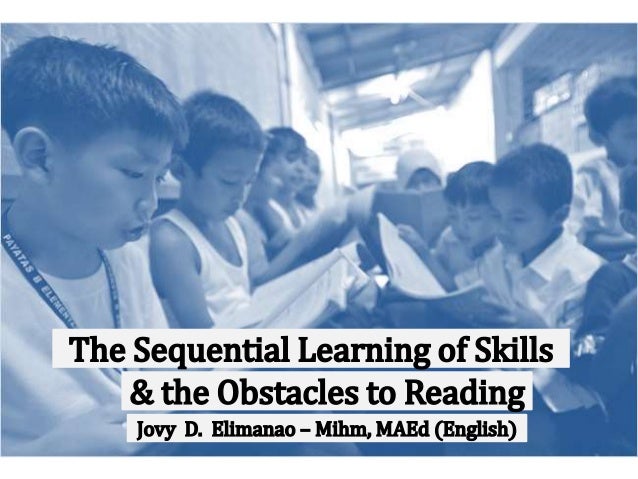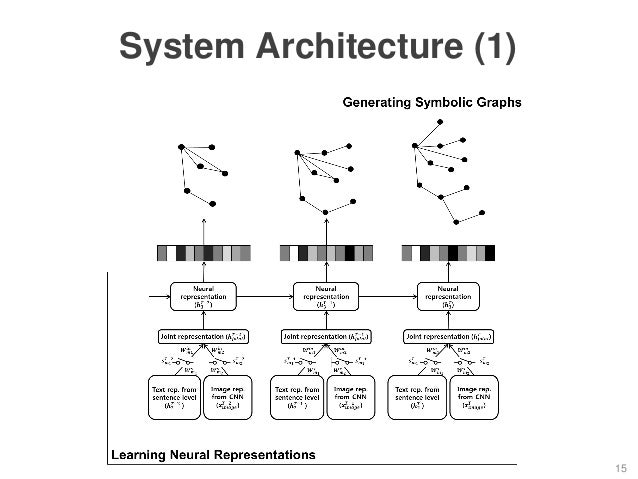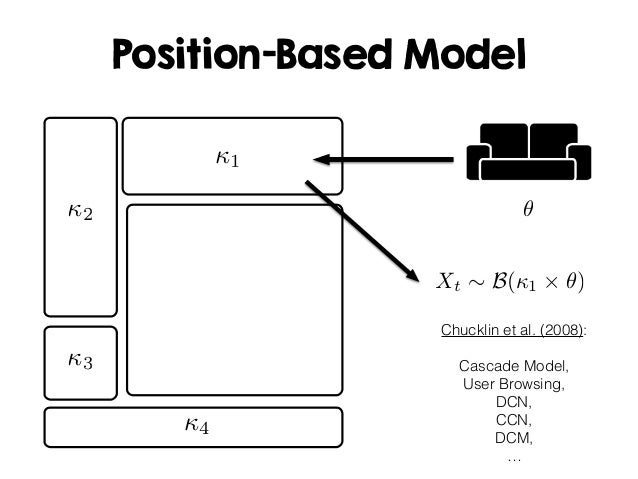

They also prefer to process information in a more holistic, non-linear way. They tend to be detail-oriented and prefer to focus on multiple things at once.
Concrete Random thinking style: Individuals with a Concrete Random Mind Style enjoy exploring new ideas and experiences. They may struggle with tasks that require creative problem-solving or abstract thinking. These individuals are often successful in careers that require precision and attention to detail, such as accounting or engineering. They also prefer to process information in a linear, step-by-step manner. They tend to be detail-oriented and prefer to focus on one thing at a time. Concrete Sequential thinking style: Individuals with a Concrete Sequential Mind Style prefer hands-on activities, structured tasks, and routines. Gregorc Learning Styles Model explains particularly 4 types of Mind Styles These quadrants form the basis of the PAEI model, which is recognized as a team-building tool for high-performing teams What are the different mind styles? Verbal thinkers prefer to use language to communicate, while non-verbal thinkers prefer to use non-verbal cues such as gestures or images. Non-Verbal: The fourth dimension refers to the way in which an individual prefers to communicate information. Symbolic thinkers prefer to work with abstract or metaphorical representations of information, while realistic thinkers prefer to work with concrete, literal representations. Realistic: The third dimension refers to an individual’s preference for either a symbolic or realistic representation of information. Sequential thinkers prefer to work through information in a linear, step-by-step manner, while random thinkers prefer to jump around and process information in a more holistic, non-linear way. Random: The second dimension refers to the way in which an individual prefers to process information. They often are able to solve complex problems quickly, but they may have difficulty explaining how they did it.See also 13 Learning and Development Models: A Comprehensive Post Global learners prefer to organize information more holistically and in a seemingly random manner without seeing connections. They prefer to work with information in an organized and systematic way. They tend to gain understanding in linear steps, with each step following logically from the previous one. Sequential learners prefer to organize information in a linear, orderly fashion. The sequential/global continuum: how do you prefer to organize information? Sequential 
Verbal learners prefer explanations with words – written and spoken explanations. They like pictures, diagrams, graphs, charts, time lines, films, and demonstrations. Visual learners prefer visual presentations of material. The visual/verbal continuum: how do you prefer information to be presented? Visual They like innovation and dislike repetition.

They look at the big picture and try to grasp overall patterns. They prefer discovering possibilities and relationships. Intuitive learners prefer to take in information that is abstract, original, and oriented towards theory. Sensors like solving problems by established methods and dislike complications and surprises. They are realistic and like practical applications. They are oriented towards details, facts, and figures and prefer to use proven procedures. Sensing learners prefer to take in information that is concrete and factual. The sensing/intuitive continuum: how do you prefer to take in information? Sensing They prefer to think things through and understand things before acting. Reflective learners learn by thinking about information. They like discussing, applying, or explaining it to others. They prefer to process information by talking about it and trying it out. Active learners learn by doing something with information.







 0 kommentar(er)
0 kommentar(er)
